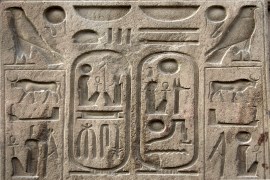Livre | Chapitre
Introduction
pp. 1-8
Résumé
At the heart of Kant's Critique of Pure Reason was the idea that judgement is the synthesis of representations into a unity. The synthesis model of judgement proved to be highly influential. Idealists on the continent and in Britain conceived of judgement as a unifying act. (On the latter see Preti's paper, sect. 3.) However, the end of the nineteenth century and the beginning of the twentieth century saw a major change in the theory of judgement. Both early analytic philosophers and phenom-enologists aimed to overcome the synthesis view of judgement and to replace it with a different conception in which the notion of truth is central. The reconceptualisation of judgement shaped both the analytic and the phenomenological tradition in philosophy. This book aims bring the contributions of early analytic philosophers and phenom-enologists to this development into focus.
Détails de la publication
Publié dans:
Textor Mark (2013) Judgement and truth in early analytic philosophy and phenomenology. Dordrecht, Springer.
Pages: 1-8
Citation complète:
Textor Mark, 2013, Introduction. In M. Textor (ed.) Judgement and truth in early analytic philosophy and phenomenology (1-8). Dordrecht, Springer.










